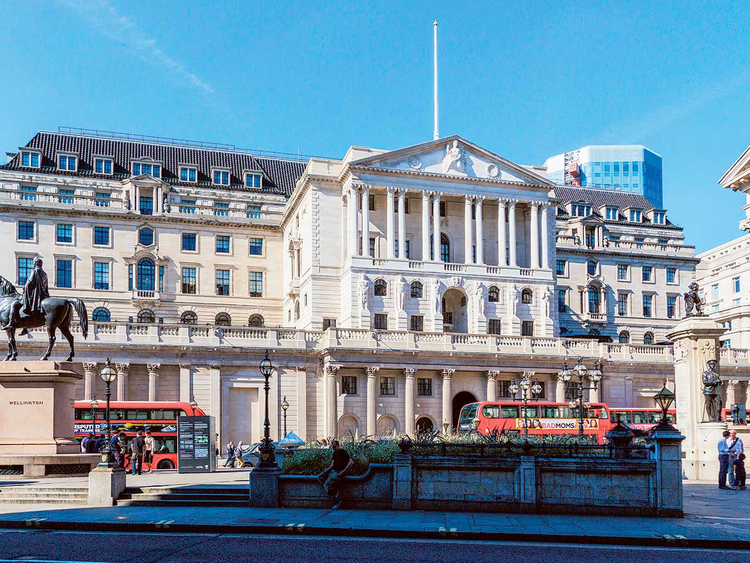London (17/08 – 20.00) Rampant inflation may be showing some signs of slowing in the US, but the surge on the other side of the Atlantic looks to have further to run.
UK figures due on Wednesday are expected to show price gains hit 9.8 per cent in July – the latest step on a march higher that the Bank of England predicts will reach more than 13 per cent by October.
The release forms the centerpiece of a flurry of data in Britain that also sees reports covering unemployment, wage growth, retail sales, and public finances.
Inflation is peaking later and higher in the UK than in the US, partly as a result of its energy price-cap mechanism that slows the passthrough of higher prices to British households. Cornwall Insight has predicted the typical annual bill will rise about 81 per cent in October, to more than 3,500 pounds.
The jump in prices is heaping pressure on the UK government to do more to help consumers, and forcing the BOE to take drastic action to curb headline inflation already almost five times the official 2 per cent target.
Officials hiked interest rates by a half-point earlier this month, even as they forecast that a run of seven quarters without growth would start later this year.
On top of that headache, the central bank is also getting dragged into the battle to replace Boris Johnson as prime minister, with front-runner Liz Truss saying she’ll reexamine the BOE’s mandate if chosen by Conservative Party members.

Elsewhere, another round of rate hikes from New Zealand to Norway, signs of a mild pickup in Chinese data, and Japan’s return to pre-pandemic growth may be among the highlights of the week.
In the US, investors’ sights will be focused squarely on the government’s July retail sales report to help gauge the progression of consumer spending after a second-quarter slowdown.
Economists project the release on Wednesday will show sales cooled from the prior month, even after accounting for an expected fuel-price-related decline in receipts at gasoline stations. The figures aren’t adjusted for inflation.
The median forecast calls for a 0.1 per cent increase in the total value of retail receipts after a 1 per cent gain a month earlier.
China sets its medium-term lending rate on Monday and with ample liquidity and rising inflation, the window may have closed on the potential for any reduction.
The monthly data dump also due Monday is likely to show a modest pickup in July, though the outlook remains clouded by restrictions to curb fresh Covid outbreaks.
In Japan, second quarter gross domestic product data are set to show the world’s third-largest economy is back to its pre-pandemic size, although that’s unlikely to sway Bank of Japan Governor Haruhiko Kuroda and his determination to stick with easing.
Later in the week, trade data will give a reading on global demand, while Japanese inflation numbers may show another acceleration.
New Zealand’s central bank will make its latest policy decision on Wednesday, with another half-point hike expected. That would bring the official cash rate to a seven-year high.
In Australia, jobless data for Thursday could spur further bets for rate hikes if they show more tightness in the labor market. An index of business sentiment in the past week showed further gains there, with hiring, sales and profits all advancing.















